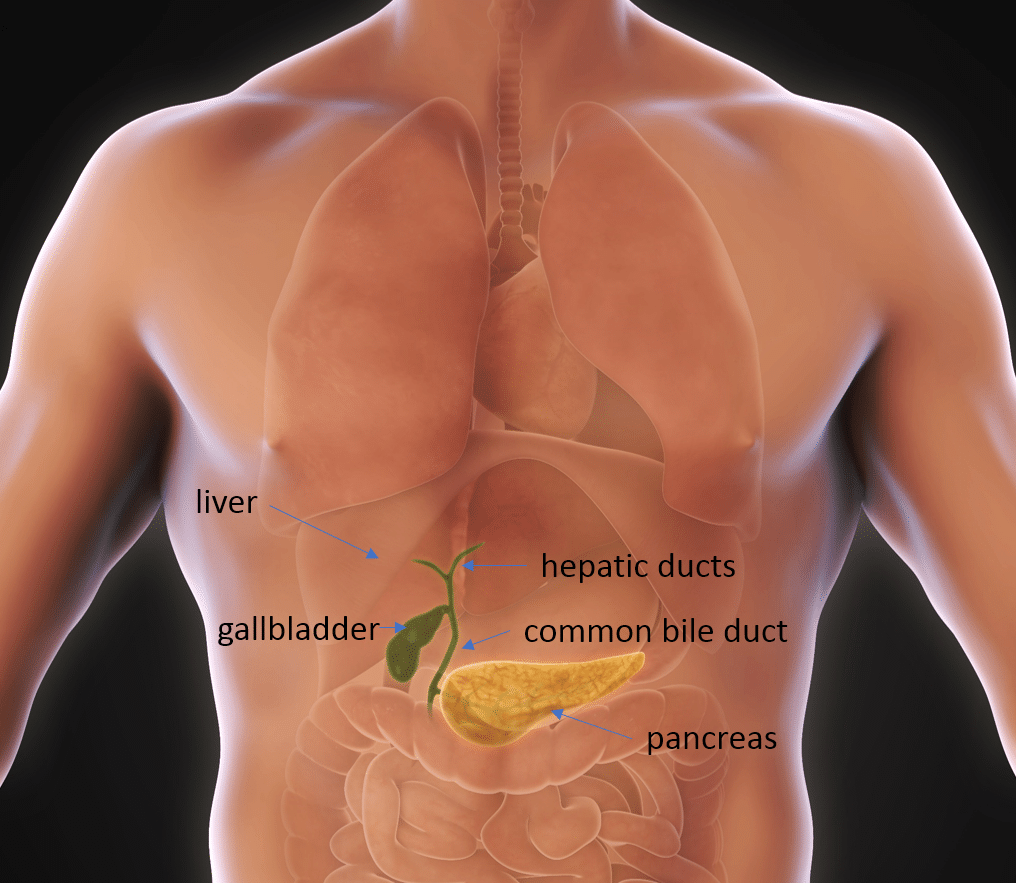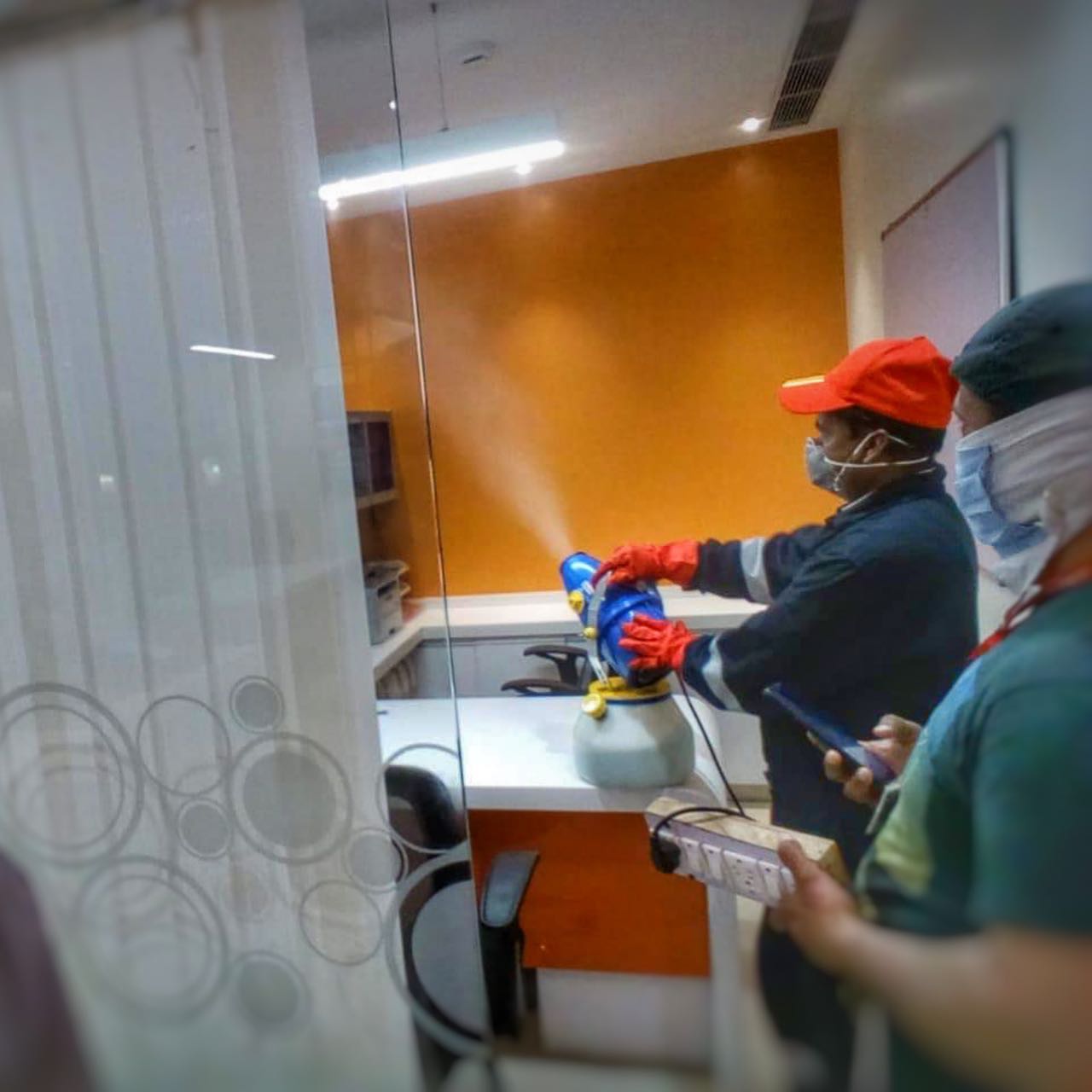Early Detection and Treatment of Breast Lumps

Strong 8k brings an ultra-HD IPTV experience to your living room and your pocket.
Breast lumps can be a cause for concern for many individuals, but not all lumps are indicative of cancer. Early detection and treatment of breast lumps are crucial for ensuring the best possible outcomes, whether the lump is benign or malignant. Regular breast self-exams, mammograms, and ultrasounds can help detect abnormalities at an early stage, allowing for timely intervention. Identifying and addressing Breast Lump Treatment(علاج كتلة الثدي) promptly can significantly reduce the risk of complications and provide peace of mind to those affected. This article explores the importance of early detection and the treatment options available for breast lumps.
The Importance of Early Detection for Breast Lumps:
Early detection of breast lumps is essential for identifying potential health issues before they become more serious. In the case of breast cancer, for example, early-stage detection increases the chances of successful treatment and recovery. Regular self-exams are a simple yet effective way to spot changes in the breast tissue. If you notice any unusual lumps, changes in size or shape, skin dimpling, or unusual discharge from the nipple, it’s important to consult a healthcare professional. Additionally, mammograms and ultrasound screenings are recommended, especially for women over 40 or those with a family history of breast cancer. The earlier a lump is detected, the easier it is to treat and manage.
How Breast Lumps Are Diagnosed?
When a breast lump is found, it’s essential to go through a series of diagnostic steps to determine the cause and nature of the lump. The first step usually involves a physical exam by a doctor, who will assess the size, shape, and texture of the lump. Depending on the findings, the healthcare provider may recommend additional diagnostic tests. Mammography is the most common imaging technique for detecting lumps and is especially effective in women over 40. Younger women may undergo an ultrasound for a clearer view of the lump, especially if the tissue is dense. In some cases, a biopsy may be performed to obtain a sample of the lump tissue for laboratory analysis, helping to determine if the lump is benign or malignant.
Treatment Options for Benign Breast Lumps:
Not all breast lumps are cancerous, and many benign lumps don’t require aggressive treatment. Fibroadenomas, cysts, and fibrocystic changes are examples of benign conditions that often do not pose a serious health risk. For these lumps, treatment may not be necessary unless they cause discomfort or grow larger. In some cases, doctors may recommend watchful waiting, where the lump is monitored over time to ensure it doesn’t change in size or character. Aspiration or needle drainage may be used for cysts, allowing fluid to be drained and the lump to shrink. For some women, medication to regulate hormone levels or alleviate pain may also be prescribed. In rare cases, benign lumps may be surgically removed if they cause significant discomfort or if the diagnosis is unclear.
Treatment Options for Malignant Breast Lumps:
If a breast lump is found to be malignant, immediate treatment is necessary to prevent the spread of cancer. The type of treatment depends on the size, stage, and type of breast cancer. Surgical removal of the tumor, often through a lumpectomy, is typically the first step in treating malignant lumps. In cases where the tumor is large or widespread, a mastectomy (removal of the entire breast) may be recommended. After surgery, additional treatments such as radiation therapy, chemotherapy, or hormonal therapy may be used to eliminate any remaining cancer cells and reduce the risk of recurrence. These treatments can be tailored to the patient’s specific cancer type, making early detection even more crucial for ensuring the best possible outcome.
Advances in Early Detection and Treatment Techniques:
Medical advancements have significantly improved the early detection and treatment of breast lumps. One of the most promising innovations is digital mammography, which provides more detailed images and is particularly effective in detecting small lumps in dense breast tissue. Breast MRI is another tool that can be used in conjunction with mammograms for high-risk patients or those with dense breasts. In terms of treatment, newer techniques such as targeted therapy and immunotherapy offer more precise treatments for breast cancer, reducing the side effects associated with traditional chemotherapy. Additionally, advances in minimally invasive surgery allow for smaller incisions, quicker recovery times, and better cosmetic outcomes.
Psychological Impact of Breast Lumps and Treatment:
The discovery of a breast lump can cause significant emotional and psychological stress, particularly if there is concern about cancer. Anxiety, fear, and uncertainty are common responses, and the process of diagnosis and treatment can be overwhelming. It’s important for individuals to seek emotional support, whether through counseling, support groups, or close family and friends. Many healthcare providers offer resources to help patients cope with the emotional challenges associated with breast health issues. For those undergoing treatment for breast cancer, the psychological impact can be long-lasting, but support networks, mental health professionals, and survivorship programs can help individuals navigate this difficult time.
Conclusion:
In conclusion, early detection and treatment of breast lumps play a pivotal role in ensuring better health outcomes. While most breast lumps are benign and not cancerous, timely detection through regular self-exams, mammograms, and ultrasound screenings can help identify any issues early. For malignant lumps, prompt treatment can significantly improve survival rates and reduce the likelihood of cancer recurrence. Advances in diagnostic tools and treatment options continue to enhance the effectiveness of breast lump management. If you find a lump or notice any changes in your breasts, it’s essential to seek medical advice immediately. Early intervention can make all the difference in achieving the best possible outcome.
Note: IndiBlogHub features both user-submitted and editorial content. We do not verify third-party contributions. Read our Disclaimer and Privacy Policyfor details.







